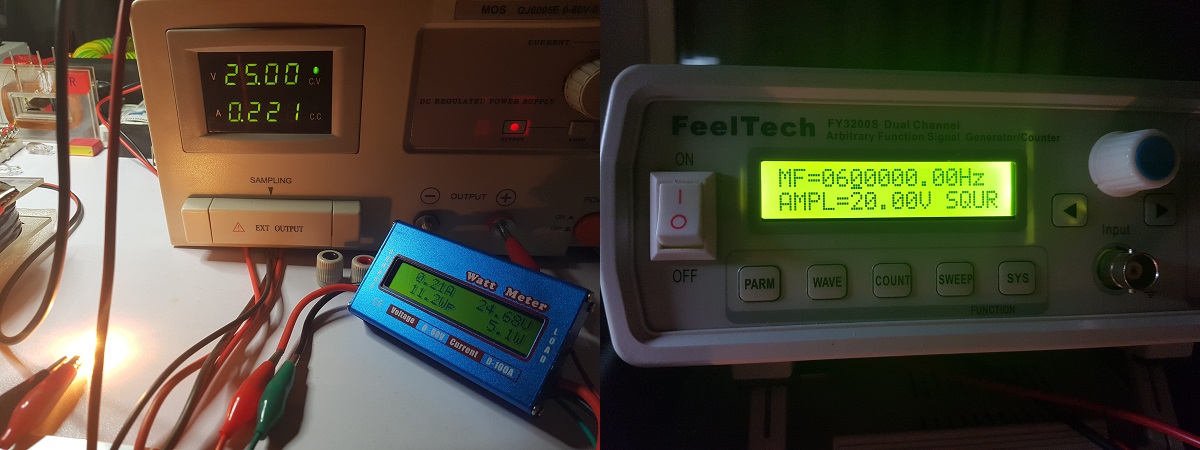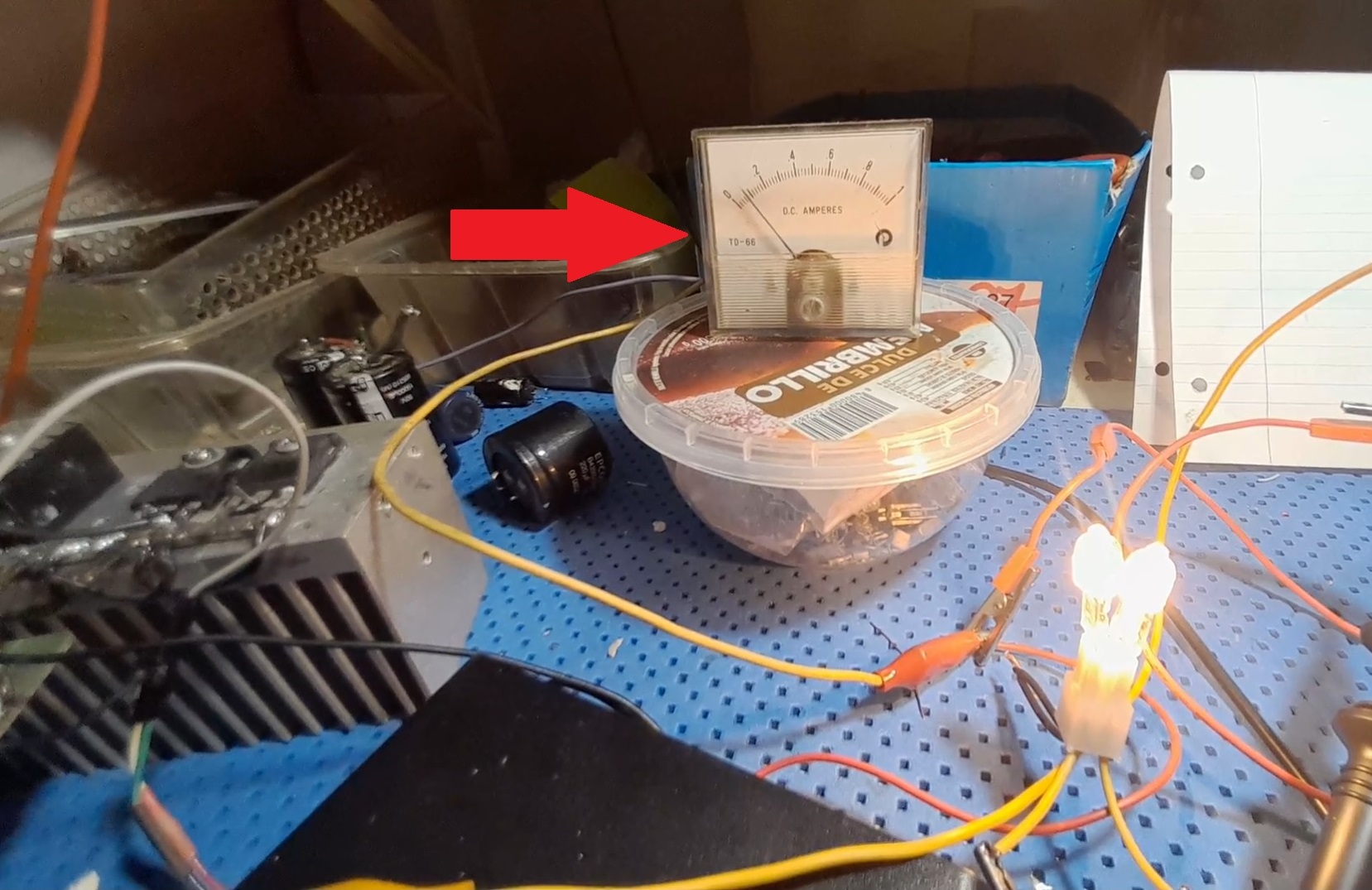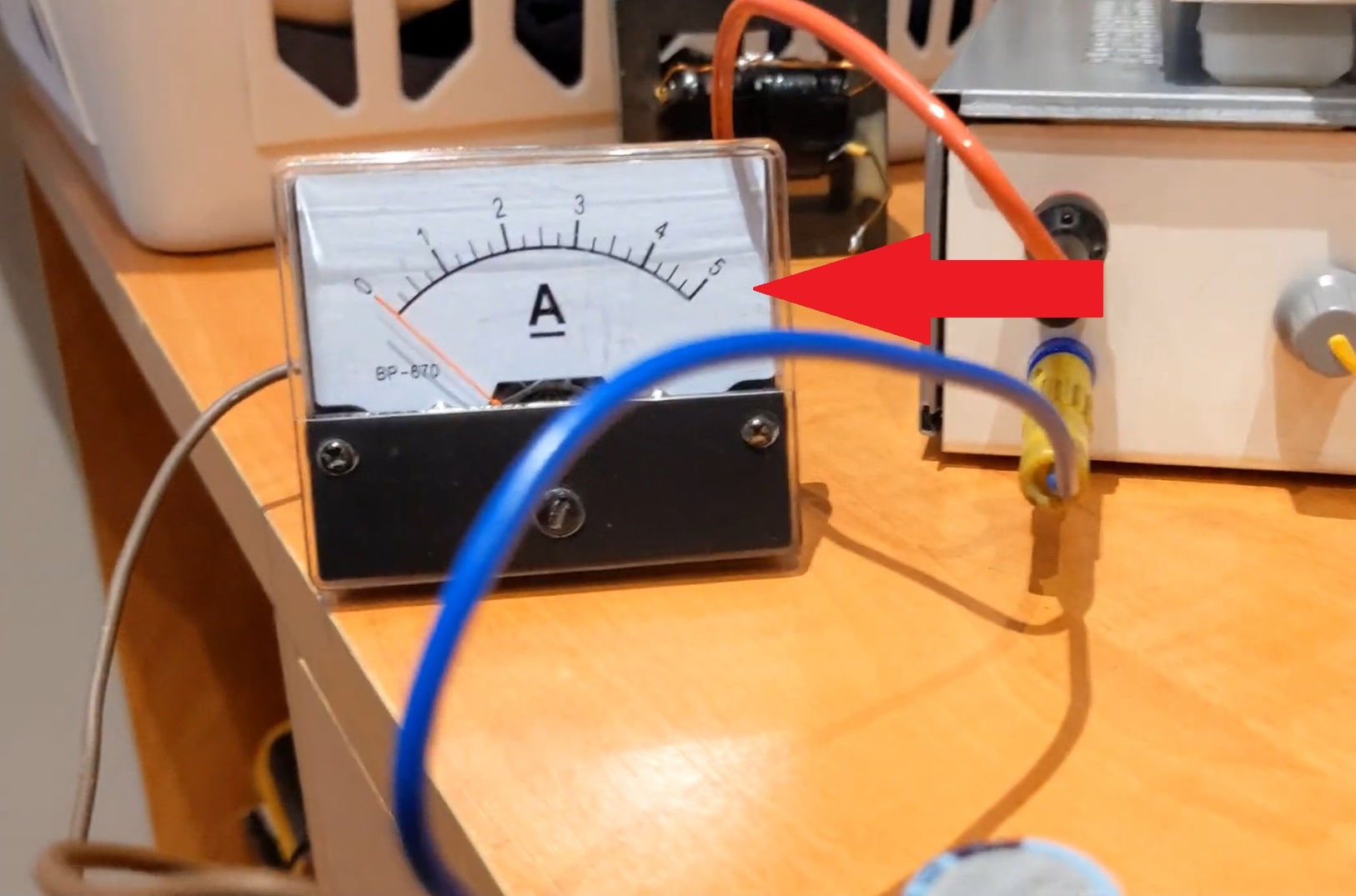Quoting:AlteredUnity
can any of the successful replicators run their ZPM from a simple buck/boost converter, they usually have displays of V and A, sometimes Watts. I know they wouldn't be accurate, though very useful, and they are very cheap and will show if different power supplies would change the operation.
Buck/boost converters have their own coils. Think about how those coils will affect the functionality of ZPM.
Anything added in the circuit have effect on the functionality. Even the probes of the oscilloscope added to the circuit modify the resonance frequency of ZPM, when I do that I need to find the new optimal resonance frequency (usually at a few KHz distance).
Now talking about input, I'm adding a fragment from my post here:
Still, I used an more advanced power meter which (I'm quoting from its specs): "Acts like a wire so doesn't affect model's performance. Precision Alu-Chrom current sensing resistor, with only 0.001Ohms resistance and circuitry that draws only 7mA Uses DSP to increase ADC resolution and differential measurement amplifiers to increase noise immunity. Powerful, 8MIPS micro-controller.". I "forced" ZPM out of the optimal/resonance frequency so the consumption would be higher because the wattmeter is not built to measure currents lower than 0.100 A. and it confirmed the DC source's readings:

The small current difference (~ 0.01A) is because the power meter itself have a small consumption.
The probability of ZPM messing the readings of two different devices (at the same ZPM frequency but with different components, different reading sensors, etc. ) but still the devices to show the same readings is the same as the probability to play at the lottery for the first time in life and win the big prize then playing for the second time and win the big prize again.
Technically and statistically the probability is 0.
You can see more details here and here.
On my side the constant decreasing of DC source's readings when getting close to ZPM's resonance/optimal point (and that point is different with different loads) is the proof of ZPM's overunity. And if the DC source's readings would be messed up the values would jump up and down with big differences, the increasing/decreasing of the readings would not be so smooth.
But let's forget about electronic measurements, let's suppose we don't trust them anymore.
Did anyone paid attention to the analogue ampere meter showing the same input decreasing effect in Realco's successful ZPM replication (using a ferrite core !) here ?

Or Atti's successful ZPM replication (with and without grounding !) here ?

These secondary analogue ampere meters confirm the same input decreasing effect shown by the electronic displays.
There is the answer to your questions.
For me it was clarified a long time ago by that pretty advanced power meter (shown in the post fragment above) which confirmed the readings of my DC source:
The probability of ZPM messing the readings of two different devices (at the same ZPM frequency but with different components, different reading sensors, etc. ) but still the devices to show the same readings is the same as the probability to play at the lottery for the first time in life and win the big prize then playing for the second time and win the big prize again.
Technically and statistically the probability is 0.
By the way, I used those kind of power meters to measure the consumptions of the motors of my drones when I built and flown my own drones. The readings of those power meters proved to be always accurate no matter what kind of brushless motors I used.
Regards,
Fighter
| "If you want to find the secrets of the universe, think in terms of
energy, frequency and
vibration." |
|
|
Nikola Tesla |







